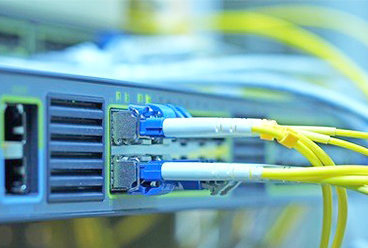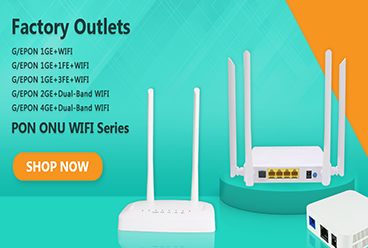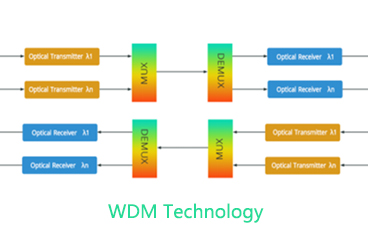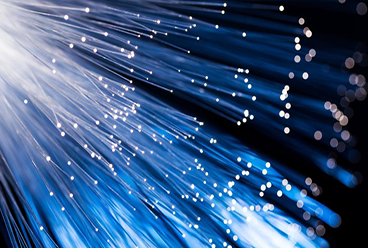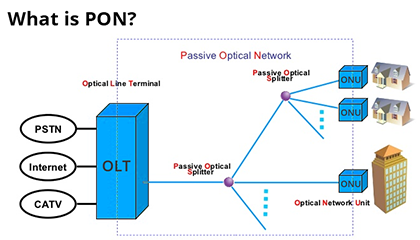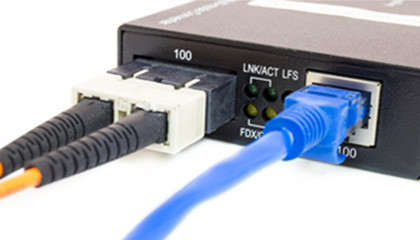A new optical transceiver technology is now available that allows transceivers to both transmit and receive data to/from interconnected equipment through a single optical fiber. This technology has led to the development of Bi-Directional transceivers, or BiDi transceivers for short.

The primary difference between BiDi transceivers and traditional two-fiber fiber optic transceivers is that BiDi transceivers are fitted with Wavelength Division Multiplexing (WDM) couplers, also known as diplexers, which combine and separate data transmitted over a single fiber based on the wavelengths of the light. For this reason, BiDi transceivers are also referred to as WDM transceivers.
To work effectively, BiDi transceivers must be deployed in matched pairs, with their diplexers tuned to match the expected wavelength of the transmitter and receiver that they will be transmitting data from or to.
If paired BiDi transceivers are being used to connect Device A (Upstream) and Device B (Downstream), as shown in the figure below, then:
Transceiver A diplexer must have a receiving wavelength of 1490nm and a transmit wavelength of 1310nm
Transceiver B diplexer must have a receiving wavelength of 1310nm and a transmit wavelength of 1490nm

The obvious advantage of utilizing BiDi transceivers, such as SFP+- BiDi and SFP-BiDi transceivers, is the reduction in fiber cabling infrastructure costs by reducing the number of fiber patch panel ports, reducing the amount of tray space dedicated to fiber management, and requiring less fiber cable.
While BiDi transceivers (a.k.a. WDM transceivers) cost more to initially purchase than traditional two-fiber transceivers, they utilize half the amount of fiber per unit of distance. For many networks, the cost savings of utilizing less fiber is enough to more than offset the higher purchase price of BiDi transceivers.
BiDi transceivers can be produced either with SC or LC simplex port, that is used both transmission and receiving. By offering a standard, hot swappable electrical interface, it can support a wide range of physical media, from copper to long-wave single-mode optical fiber, at lengths of hundreds of kilometers. The most typical wavelength combination is 1310/1490, 1310/1550 and 1490/1550.
Tags : BiDi transceiver, optical transceivers, sfp+
— END —




